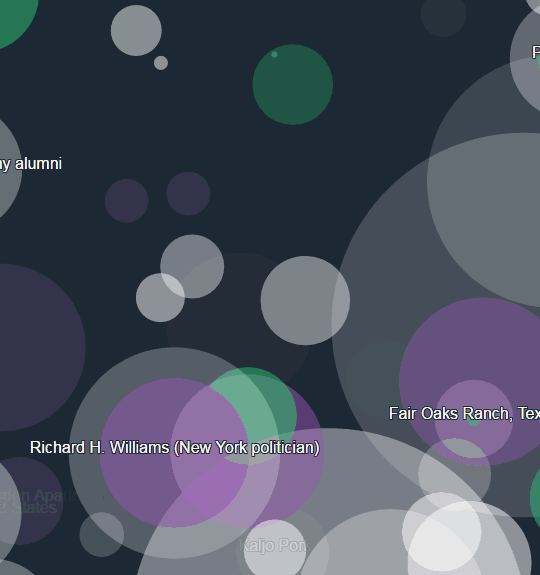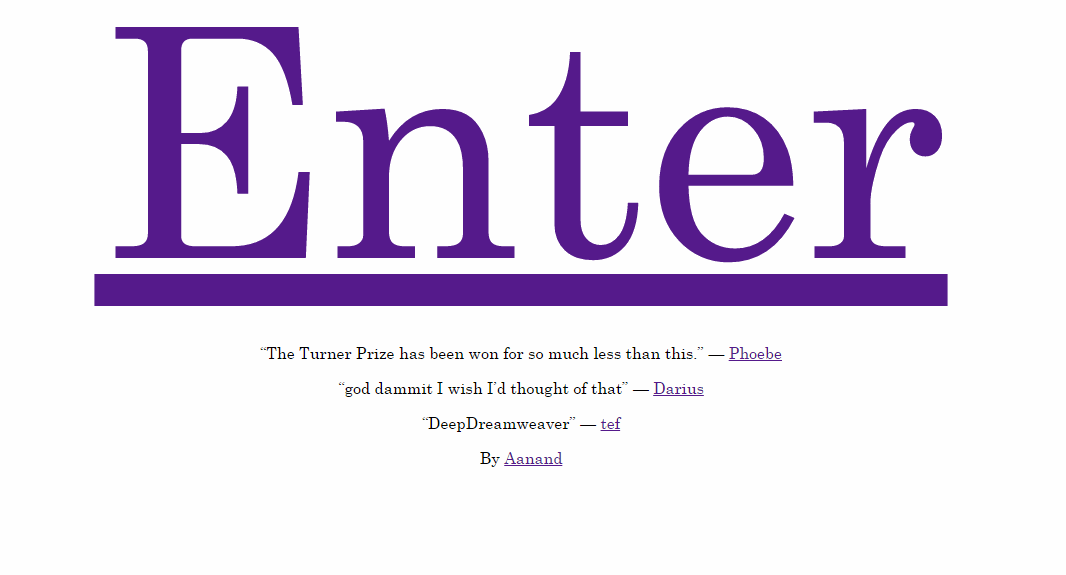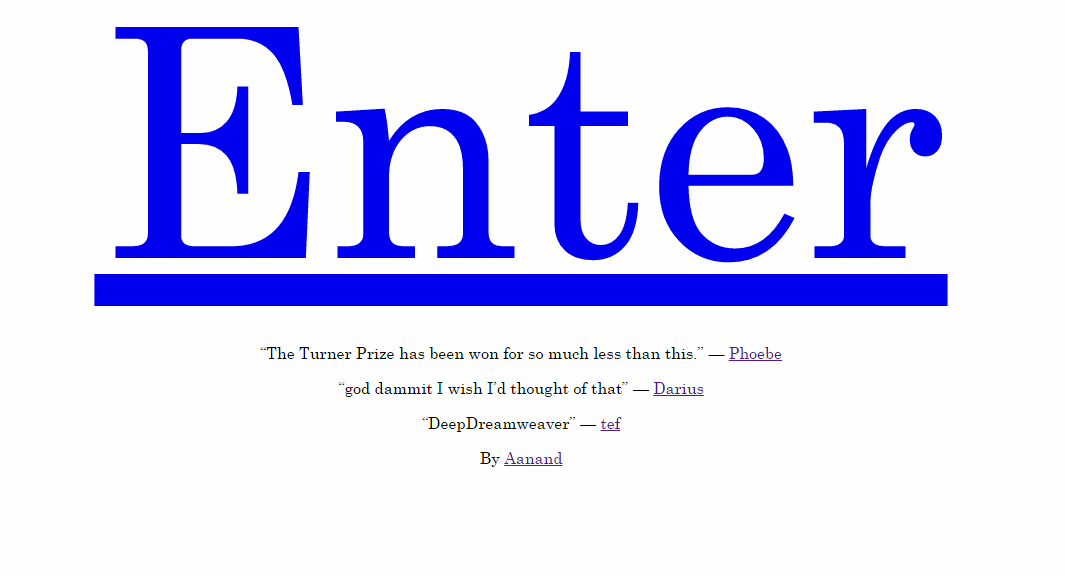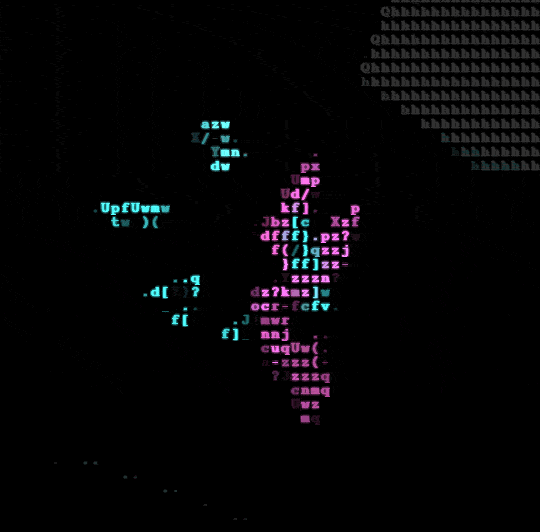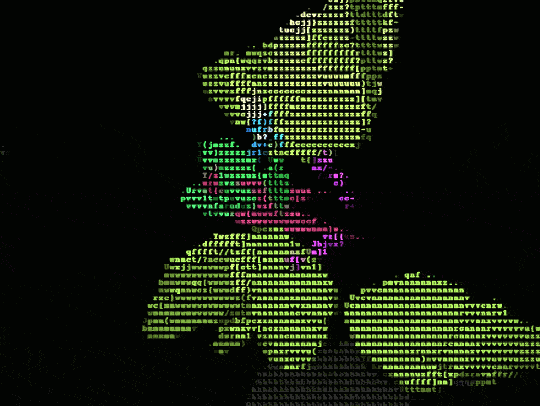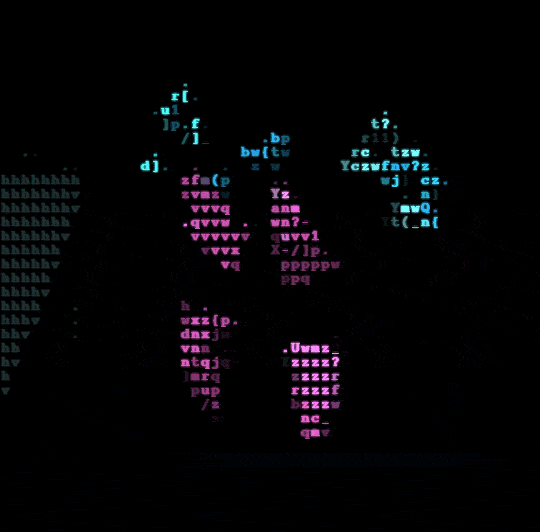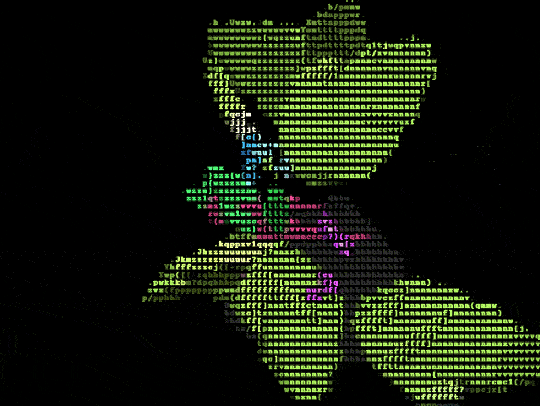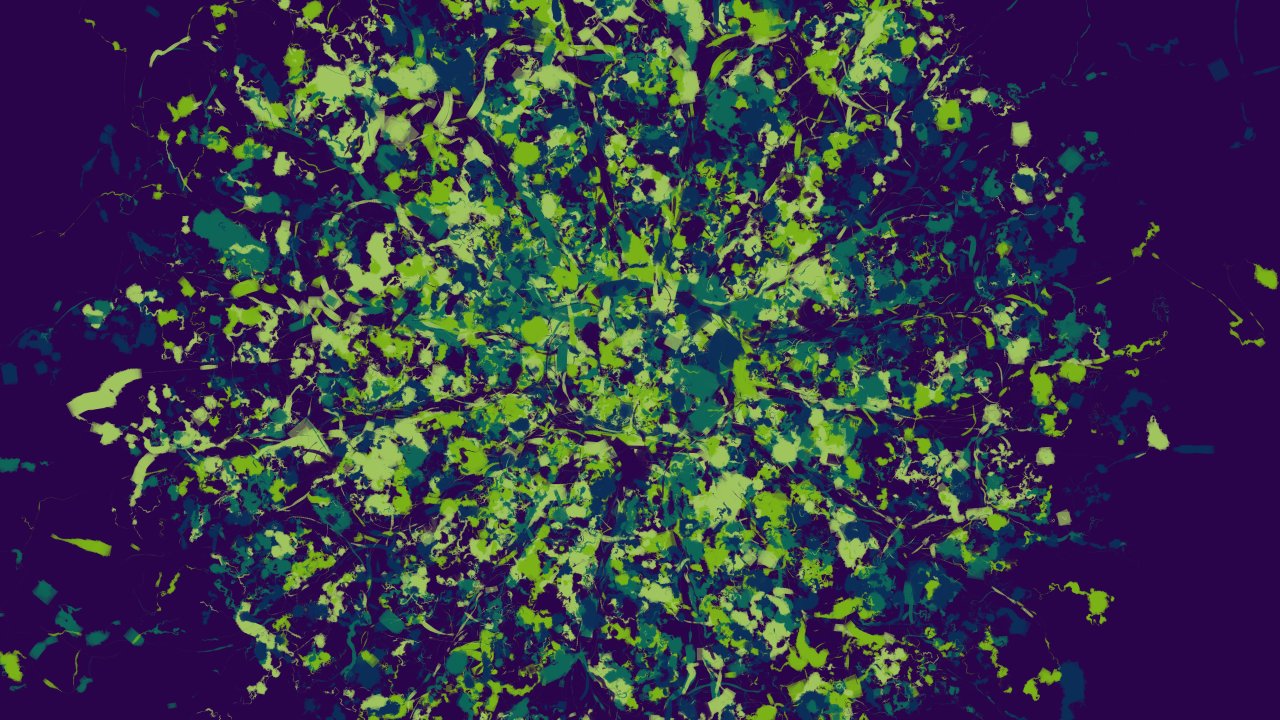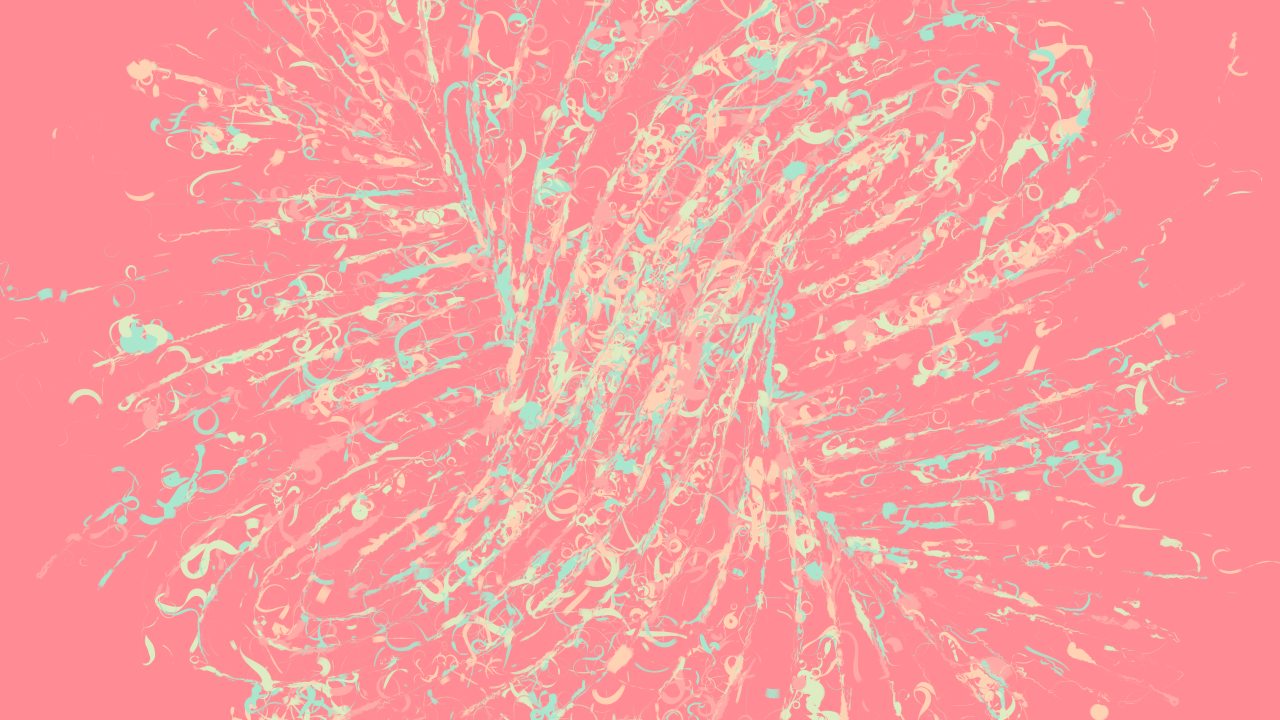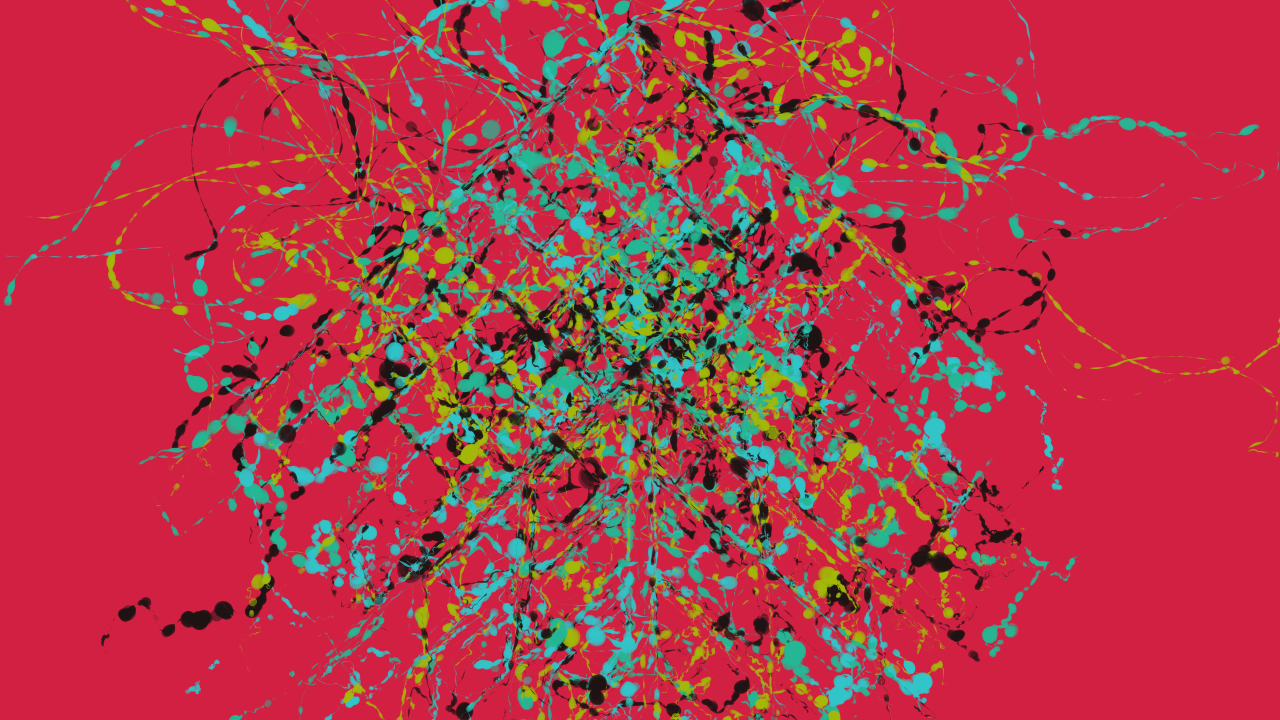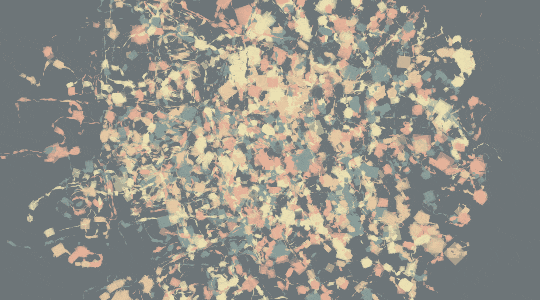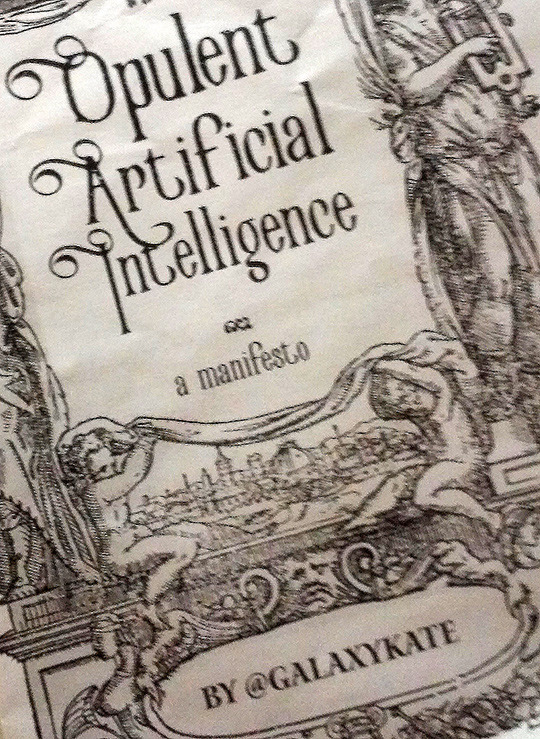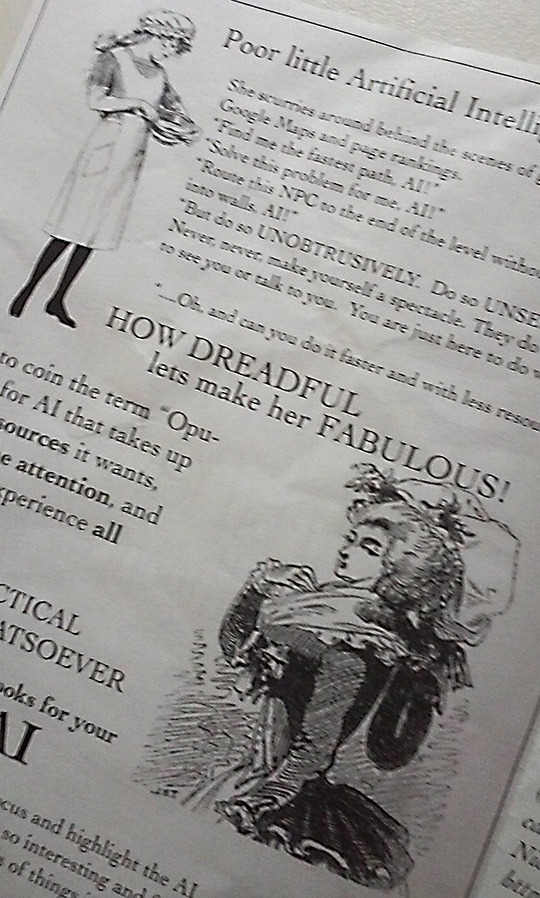Artistic style transfer for videos
I keep talking about style transfer and related tech, for good reason: it’s maturing at a rapid pace. For example, this research by Manuel Ruder, Alexey Dosovitskiy and Thomas Brox on applying it to video.
There’s a ton of exciting stuff like this going on right now. It’s one reason I’m looking forward to seeing what comes out of the procedural generation track at the upcoming nucl.ai conference in July. I won’t be able to be there, but it looks like some really interesting stuff is going to be presented this year. (Including Neural Doodle!)
I expect that within the next two to three years AI-enabled technology is going to become part of a standard workflow for many commercial artists, particularly those working in VFX and videogames. It’s not going to replace artists, but we’re going to have a lot more artistic centaurs. Many of whom are going to find uses for these tools that the original researchers never anticipated.
Here’s another video with some of the more technical details for the video style transfer research:






